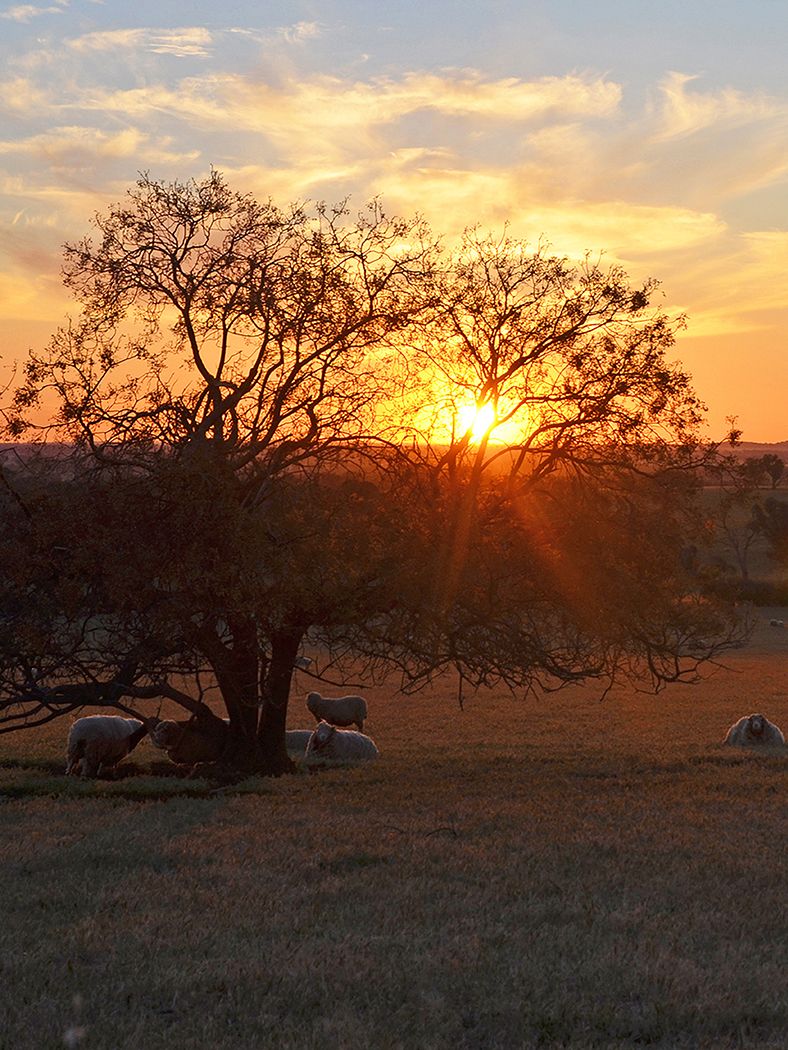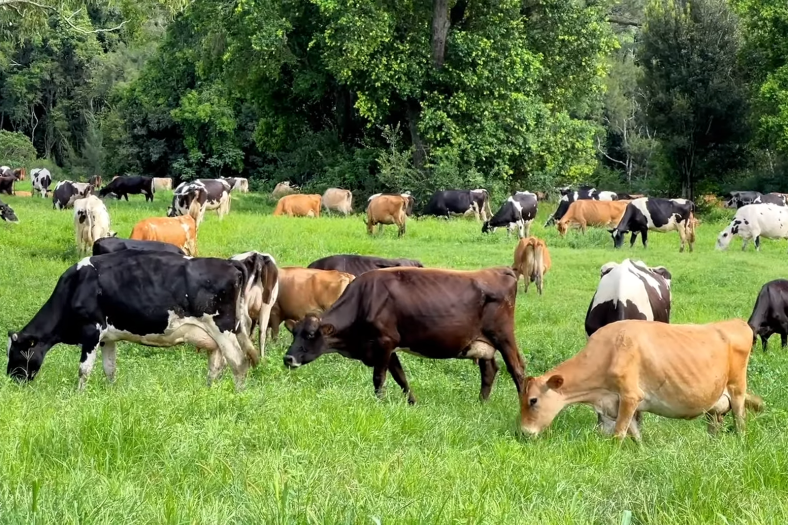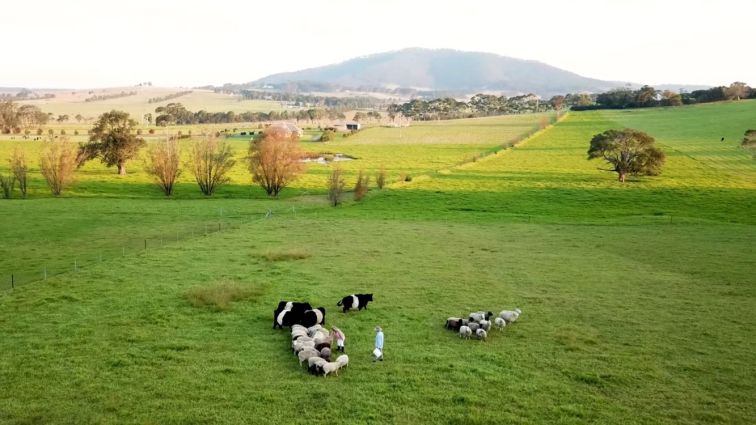Natural capital is about putting
a financial value on our natural assets
that we have on farm.
But it's also financially rewarding
farmers for the good environmental work
that they're doing on their farm,
because that has a benefit
not only to the individual farmer,
but also to the broader community
in protecting our natural assets,
our waterways, our threatened species.
So natural capital is all about ways
and different market mechanisms
that financially reward farmers
for their good environmental work.
So looking after
your natural assets on farm
absolutely has a production
and a resilience benefit.
So in a changing climate, variable rainfall
and we've had fires and floods
particularly in this part of the world.
If you can have as much resilience
in your ecosystem as possible to try
and buffer some of those constraints,
that's a huge benefit for farmers
as well as producing healthy food.
Governments are certainly looking
for more investment
in environmental market spaces.
And corporate enterprises are also looking
to reduce their own emissions.
So there's all these drivers that we have
and agriculture is really sitting
in the box seat in terms of being able
to sequester carbon
We’re the industry that can do that.
It’s an opportune time to start
thinking about what opportunities
are available to them.
My name is John McGrath.
Myself and my wife Jane
own Higgins Creek farm.
We're a mixed farming operation,
predominantly growing blueberries
and we have seven acres, 3500 blueberry
bushes and Australian white sheep.
Our farm is about 100 acres
and we're located between
about halfway between Ulladulla
and Batemans Bay on the south coast.
So natural capital to me means
what is on the farm itself and the block.
And I guess it's what attracted us
to that farm originally.
So I say to people that I'm
an accidental blueberry farmer.
That is in fact the case.
The farm came with a blueberry
orchard, an ongoing,
blueberry operation,
which I had to learn about very quickly.
But the farm also came
with beautiful creeks,
stands, large stands of trees
that had been there for generations.
And it's surrounded by
Murramurang National park.
So for me, it's a place of natural beauty.
And it's natural capital,
as far as we're concerned,
is what makes the farm a special place.
There's different market strategies
that landholders can take.
So whether they're selling
their agricultural produce
through a market and receiving a price
premium it's a nature positive product.
And I think consumers
are really looking at that.
And there are other market mechanisms
that are out there as well,
such as the carbon market.
So landholders can be paid
for sequestering soil carbon
sequestering carbon
in revegetation projects,
but also be financially rewarded
in biodiversity markets,
such as protecting the existing
biodiversity assets on their farm.
Being able to harness and
capture that biodiversity on the farm,
the riparian corridors
we have at the moment along our waterways,
they should be there for all time.
and there's a cost in keeping
that fenced and keeping
that area free of weeds and keeping it
as natural as we possibly can, so
it's good to know
that there are programs
and things available to us as landholders
that we can access and tap into.
70% of New South Wales
is in private land ownership.
It's really important
for us to work with landholders
because there's some amazing,
really intact bushland
on their properties that creates
amazing habitat for a whole heap
of threatened flora and fauna species.
It's a really amazing
part of the conservation story
is to work with those landholders and
enhance the biodiversity on their site
and we do that by
grant funding processes.
We also provide a whole heap of face
to face workshops and education.
And we also have an online free
diploma in conservation land management
where landholders can learn how to better
manage the biodiversity on their site
and the benefits of doing that.
So I think the first step
for land managers
is to understand what natural assets
they already have on their farm.
and looking at the different
markets strategies,
like really considering
the farm business plan
and goals for the property
is really important
and that will help determine
which path landholders choose to take.
and then getting some really good advice,
talking with LLS and understanding
what those risks and opportunities
are in all of those different approaches.
And then coming up with a plan
to implement them, register projects,
and that continual ongoing monitoring
and improvement of those natural assets
and hopefully receiving
a financial return for that work.
Resources like Local Land Services
has been invaluable to us
moving forward and how we've had to,
learn about what can and can’t be done.
But it also gave us the opportunity
to just sort of slow down a little bit
and not rush and just go, okay,
what can we do here
and how can we be sympathetic to the land
and how can we regenerate it?
And how can we
improve the soil, work on soil biology,
all these things that are important to us
so we can still be a farm,
still actively be primary producers,
but how can we work with the land?
I think that landholders individually
and collectively
have the opportunity of creating change
right across the landscape
and really having a big impact
on biodiversity
and improving health
of our local environment.
So I think by landholders working together
and networking and sharing those ideas,
learning from one another, that peer
to peer learning is just so important.
it's going to go a really long way in
terms of achieving that landscape change.
If you have questions about
natural capital
or sustainable agriculture
on your property
contact your local LLS office.













